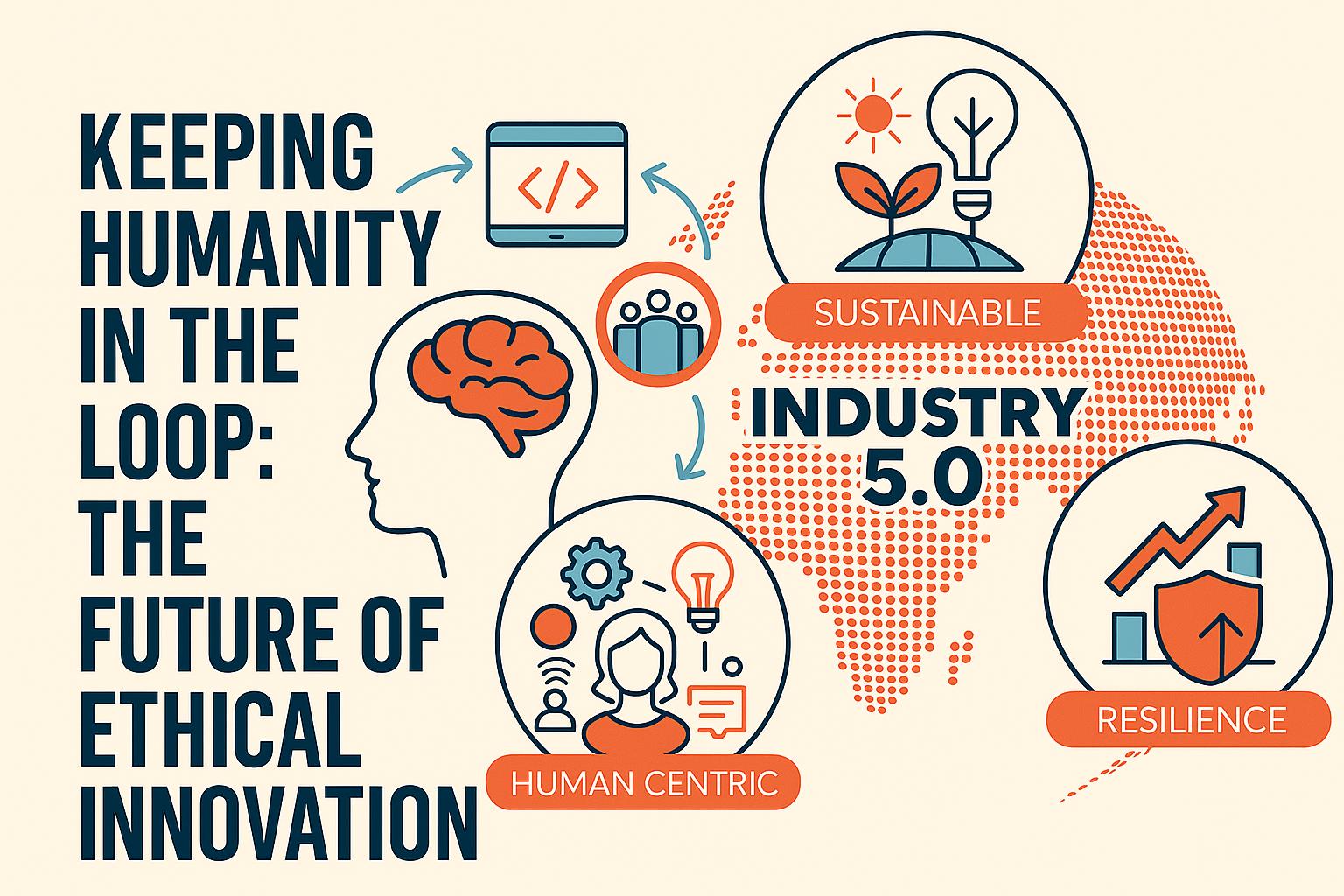September 6, 2025
IITKGP is adopting a human-first Industry 5.0 approach in R&D
IITKGP Foundation

At the 71st Convocation this month, the newly appointed director, Prof. Suman Chakraborty, talked about shifting focus from a technocratic culture to human-centric multidisciplinary technology R&D. In an interview in June, Prof. Chakraborty shared a similar sentiment: technology must complement, not replace, empathy and emotional support in education.
The Director’s emphasis on human centrism in technological research is what constitutes the core of Industry 5.0, integrating innovations with resilience, sustainability, and a value-driven approach. Industry 5.0 aims to balance technological progress with human well-being, ensuring that automation serves people through co-creation and tailoring rather than replacing them.
Echoing the thought of Director Chakraborty, Stanford's James Landay emphasized the importance of human‑centered AI in designing systems that involve diverse stakeholders across medical, legal, social science, and engineering domains, rather than mere applications. Poorly designed algorithms and a lack of policies even for well-intentioned AI can silence marginalized voices, deepening inequalities. In 2023, McKinsey gave a stark warning: companies racing to adopt AI without human oversight risk alienating customers and employees alike. Their solution? Bake fairness, transparency, and real-world impact into tech from day one. Researchers around the world are already paying attention to this emergent need.
The ARISE Horizon Europe initiative connects robotics, social sciences, and industrial design to standardize human‑centered and ethical interaction. In Finland, the University of Helsinki has turned human-centric technology into its mantra, where computer scientists and psychologists collaborate on everything from ethical AI to inclusive digital design. The university is seeking digital architects and leaders who understand and can navigate ethical challenges.
Researchers are already working on developing methodologies and exploring how human-centered design can be applied. These designs are expected to enhance benefit realization management in healthcare delivery, reduction of resource wastage, seamless collaboration between humans, AI, robots, and IoT systems in manufacturing, centering human decision-making and matching human skills with digital tools. These smart systems aim to enhance human capabilities, not render them obsolete, mirroring the philosophy of human‑centric AI.
The bottom line? The future of tech isn’t just about smarter machines—it’s about keeping humanity in the loop. When the IITKGP Director asserts that “the world does not need more technocrats,” he reminds us that real progress lies not in technologies alone but in coupling innovation with a “humane touch” to truly serve society’s needs.
